In this article, I will not only tell you how to load a staple gun or how to put staples in a staple gun but also how to use a staple gun properly to make the most of it. It doesn’t matter which brand of machine you have, you’ll get your answer, it’s my promise.
- Staple gun for upholstery, insulation, weather stripping, and more; suitable for household and commercial use
Last update on 2025-03-25 / Affiliate links / Images from Amazon Product Advertising API
Presumably, as you are looking for “how do I load a staple gun,” you probably just started with this tool. Therefore, it’s very crucial to know several things before operating it. For example, how do you keep yourself safe while using it? How to set it up for efficient working? What you can do with this tool? How to troubleshoot common issues like staples not holding securely and staple gun jamming. So, stay with me throughout this video because I will answer all these questions. So, without wasting much time, let’s do this!
Understanding the Staple Gun:
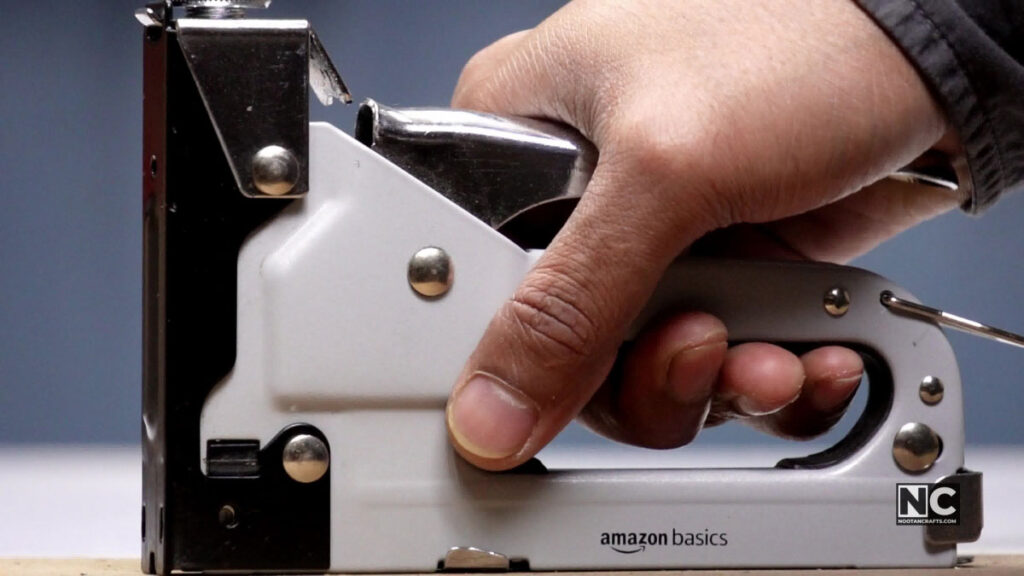
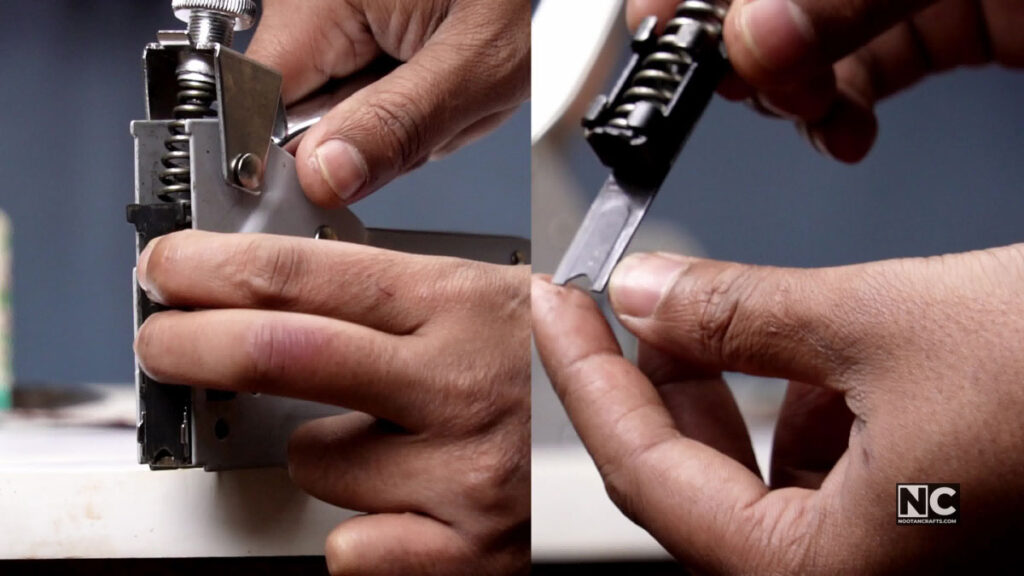
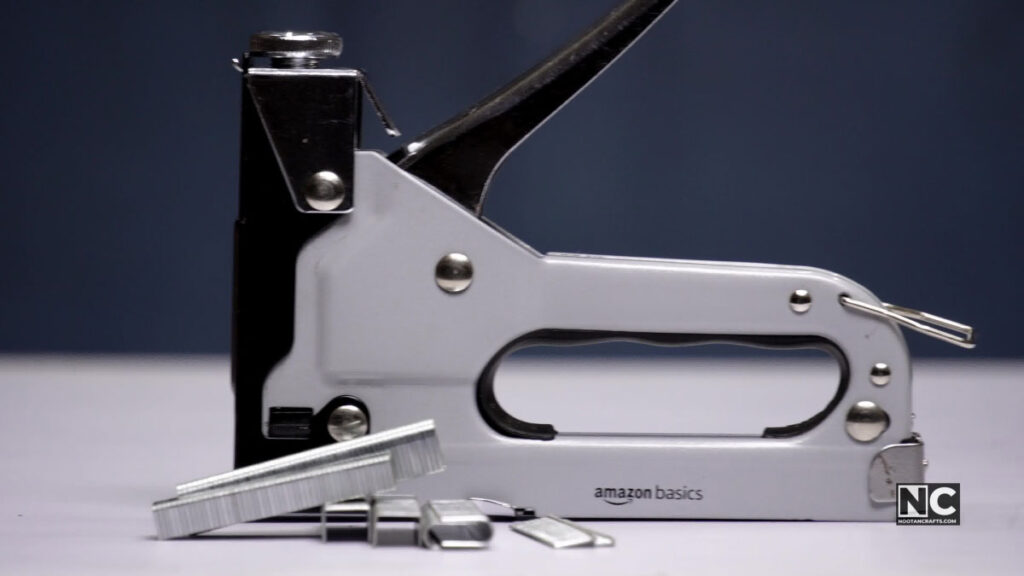
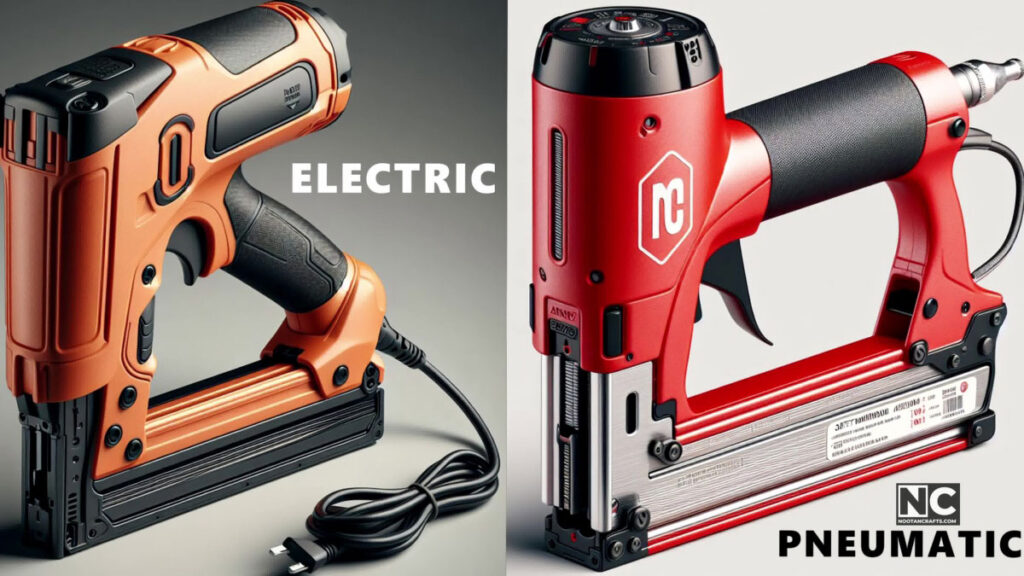
Now, let’s start with the staple gun basics. A staple gun is a handheld tool designed for fastening materials together using staples. It operates on a straightforward principle. When you squeeze the handle, it releases a spring-loaded mechanism that propels a staple forward, securing it firmly into the material. Because the staples are continuously pushed by a spring, the next staple is ready to be pushed into the material, and the cycle repeats. This efficient design allows for quick and precise fastening. There are various types, including manual (like we have today), electric, and pneumatic staple guns. Each gun serves a specific purpose. For instance, manual staple guns are great for lighter tasks, while electric and pneumatic versions offer more power for heavy-duty projects.
Choose the right staples.
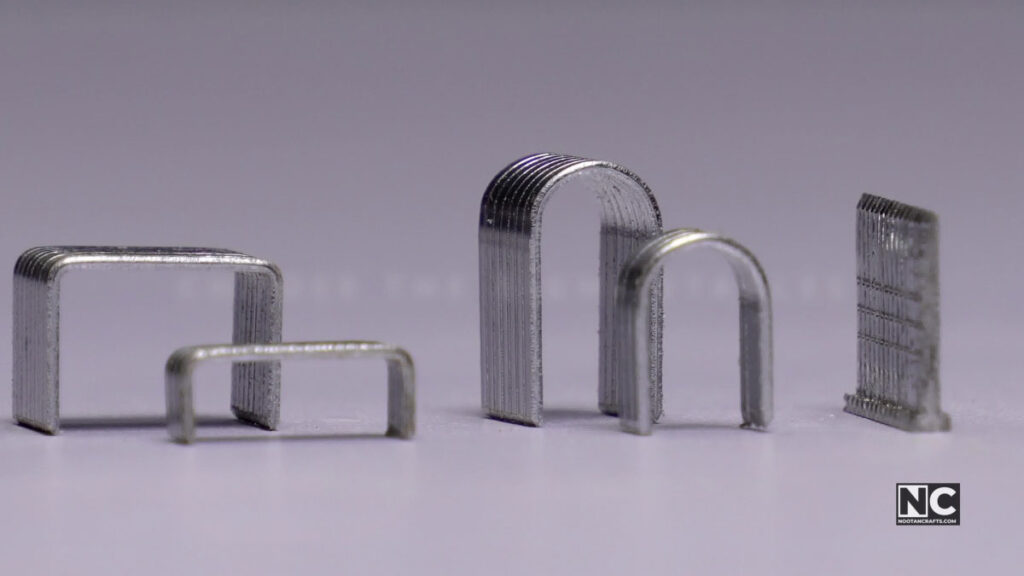
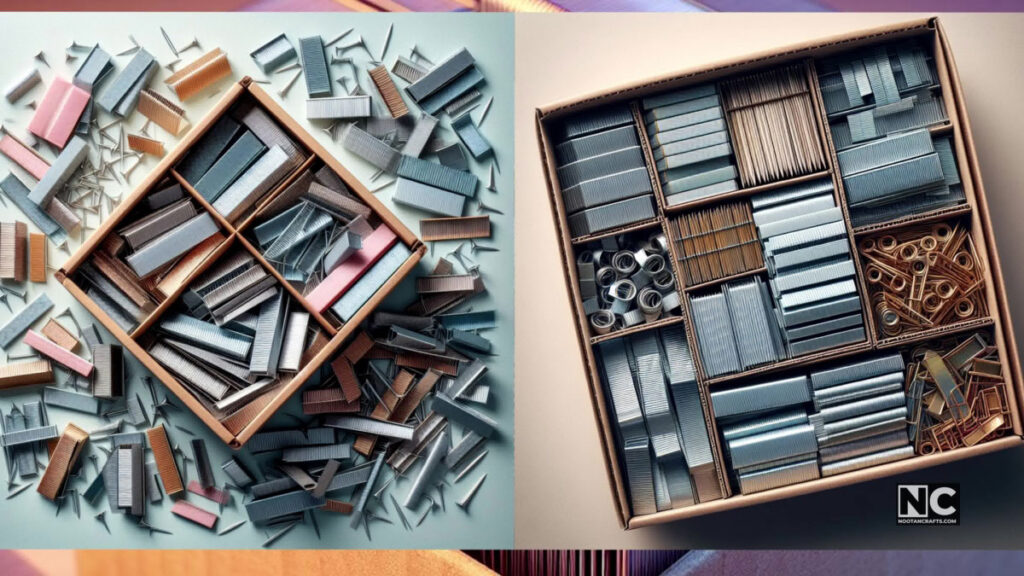
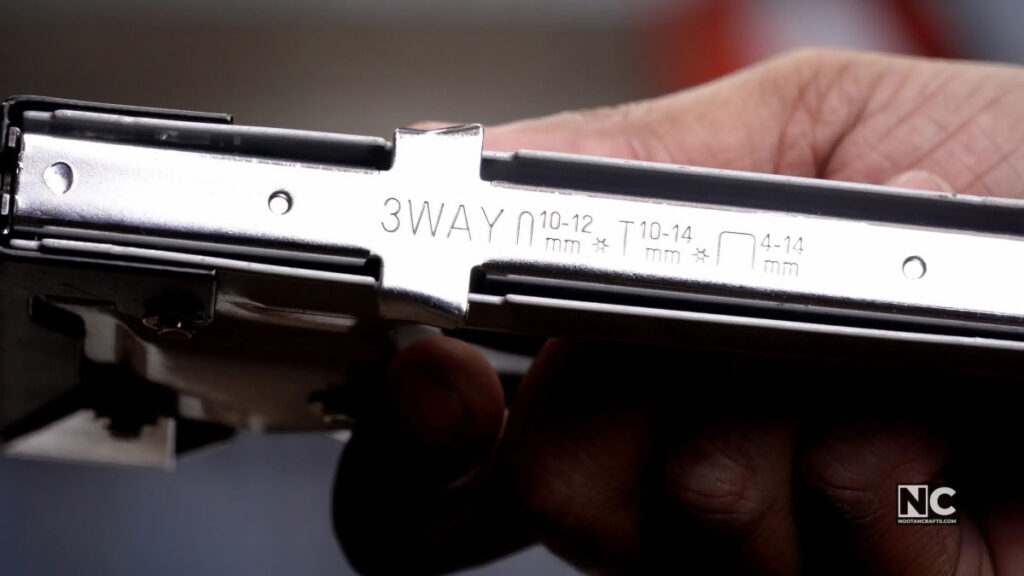
Choosing the correct types of staples is crucial because it can make or break your project. Every gun is different and it depends on the gun model how wide or long staples it will support. This information can be found on the gun body or in the user manual.
So, let’s talk about some basics of a staple. Staples are made up of three parts: the crown, the legs, and the points.
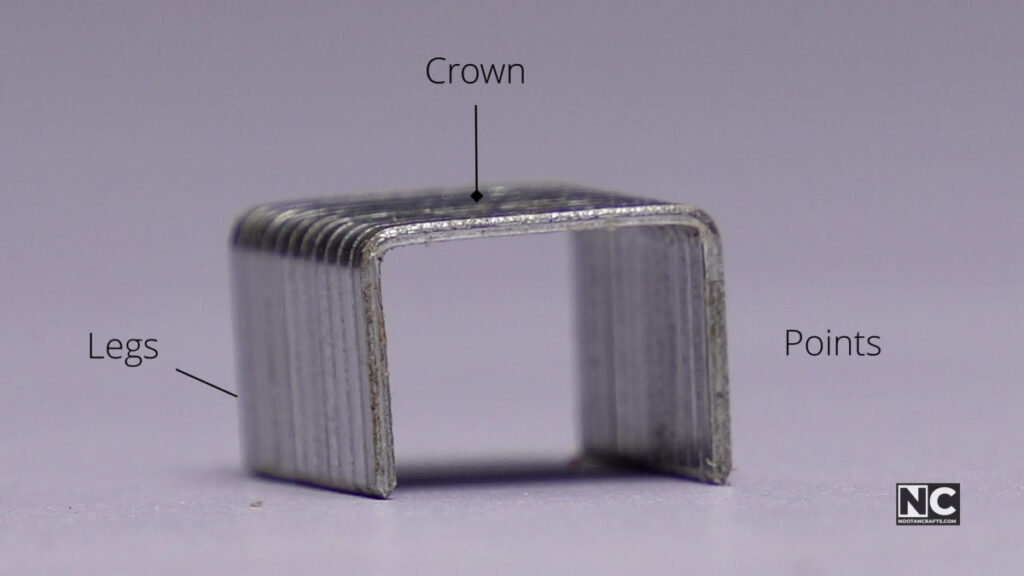
Crown Size:
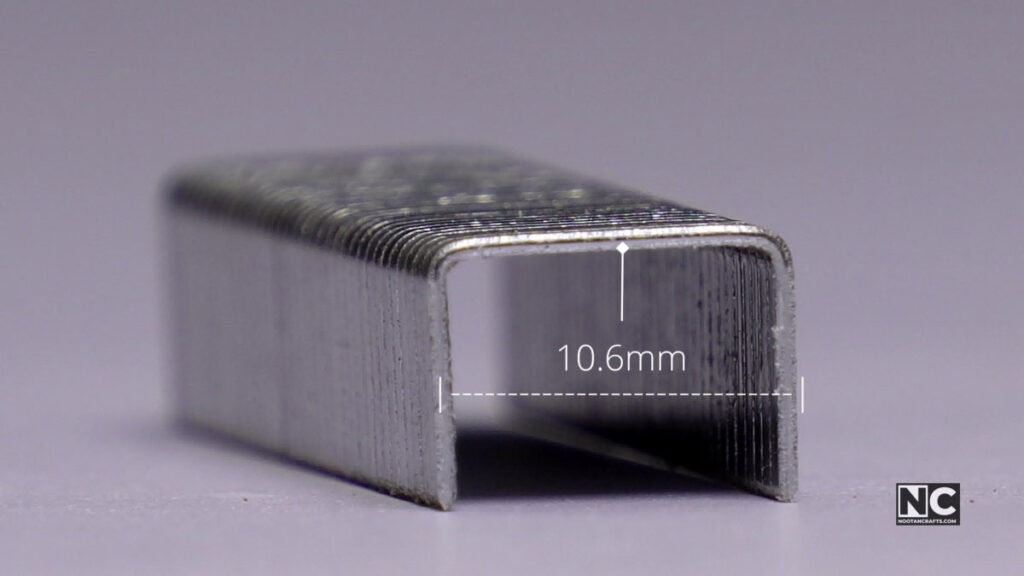
The crown size influences the stability and holding capacity. It refers to the width of the horizontal bar at the top of the staple that connects the legs. Narrow size is ideal if you want discreet fastening. On the other hand, the wider crown enhances the holding power, making it perfect for securing heavier materials.
Legs Size:
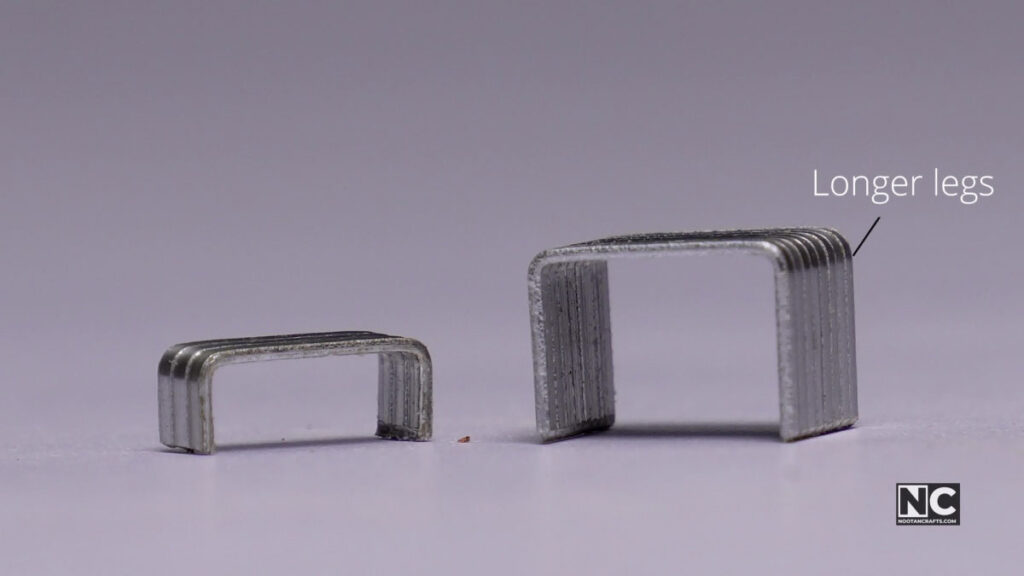
The size of a staple is determined by its length and thickness. Longer legs are often used for stapling through thicker materials, providing a secure grip. On the other hand, shorter legs are suitable for lighter materials or where a discreet fastening is desired. The thickness of the legs also contributes to the staple’s overall strength. Thicker legs result in a more robust fastening, suitable for heavy-duty applications.
Point Size:
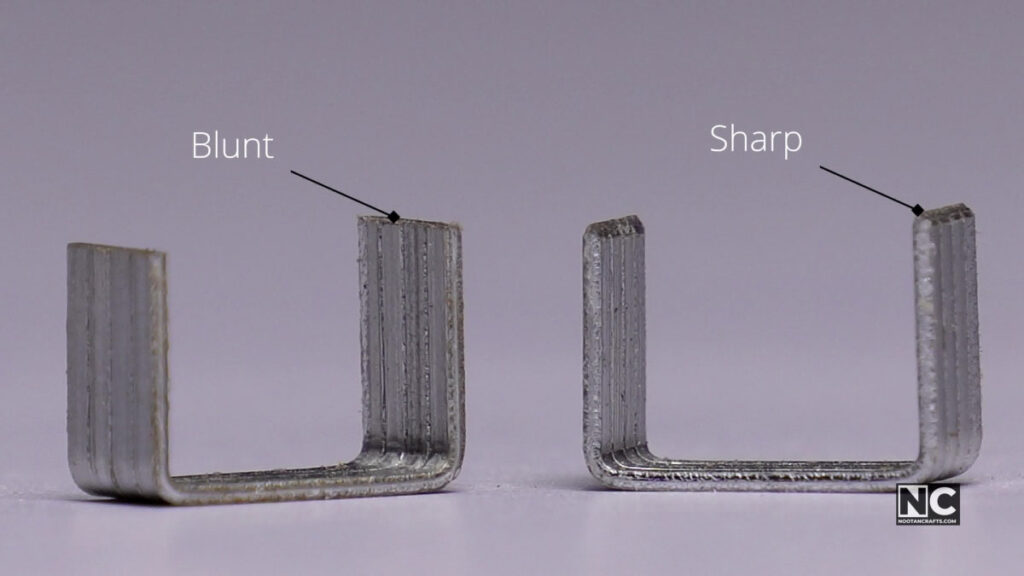
The point of a staple plays a crucial role in how easily it penetrates the material. Staples can have either sharp or blunt points. Sharp points are ideal for materials that require a clean and easy penetration, ensuring a secure hold. Blunt points, however, are suitable for materials that may be damaged by sharp points or for situations where a gentle fastening is required.
Along with all the parameters, keep your gun’s limit in mind.
Safety Precautions:
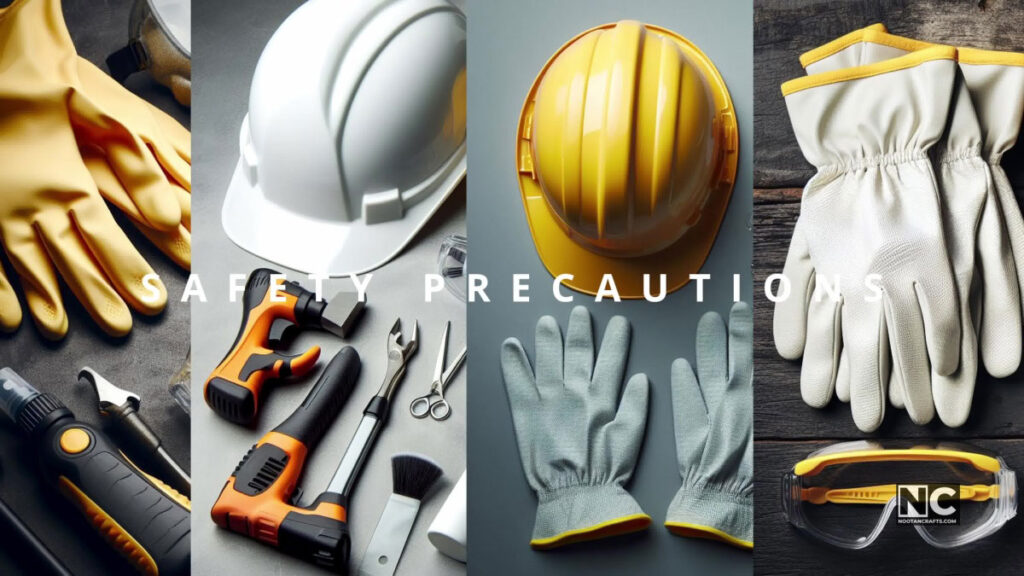
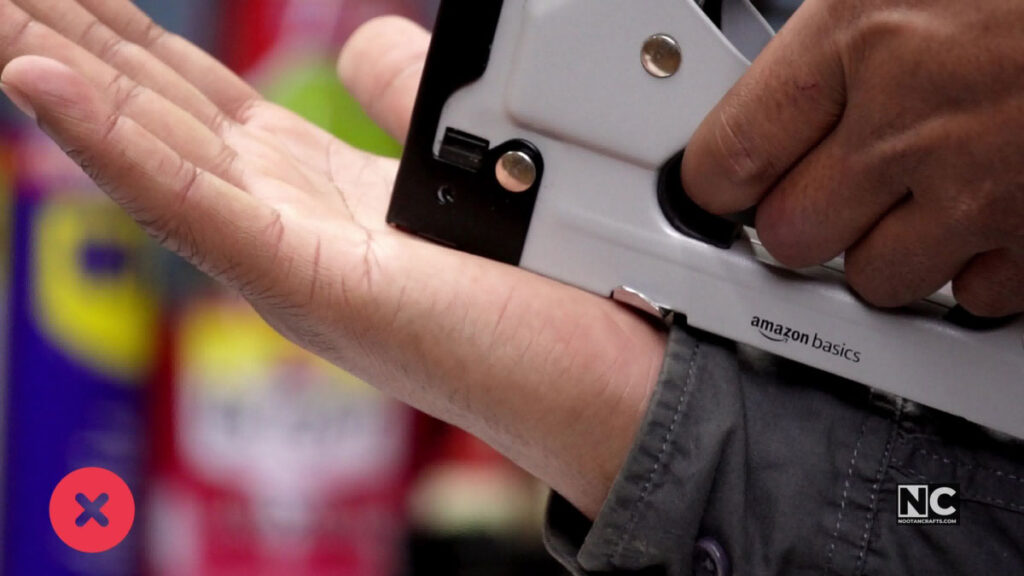
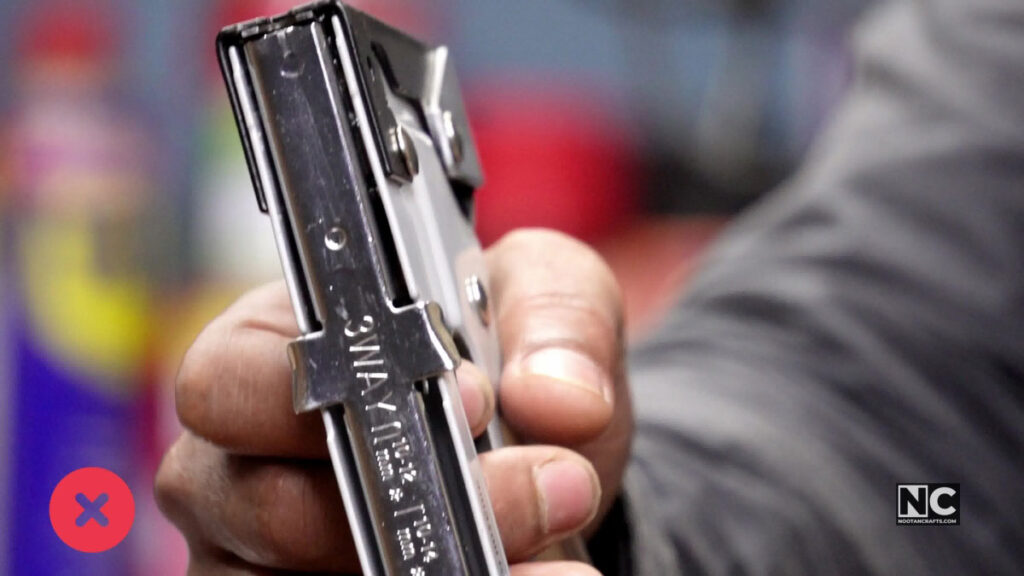
Using a staple gun involves some risks, so taking proper precautions is crucial. Always wear the appropriate personal protective equipment (PPE), including safety glasses and gloves. Make sure your workspace is well-lit and organized. Never place your hand in the path of the staple gun, even if you believe it’s not loaded. Additionally, never aim the staple gun at yourself or others, even in a joking manner.
Setting Up Your Staple Gun:
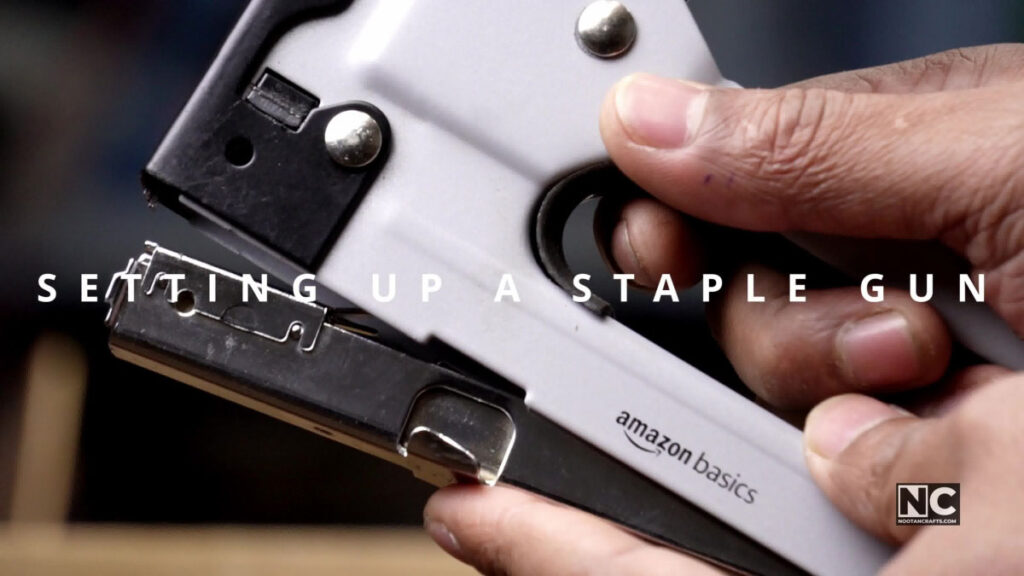
Once you’ve got the suitable staples, open the magazine or loading area of the staple gun and insert them according to the manufacturer’s instructions.
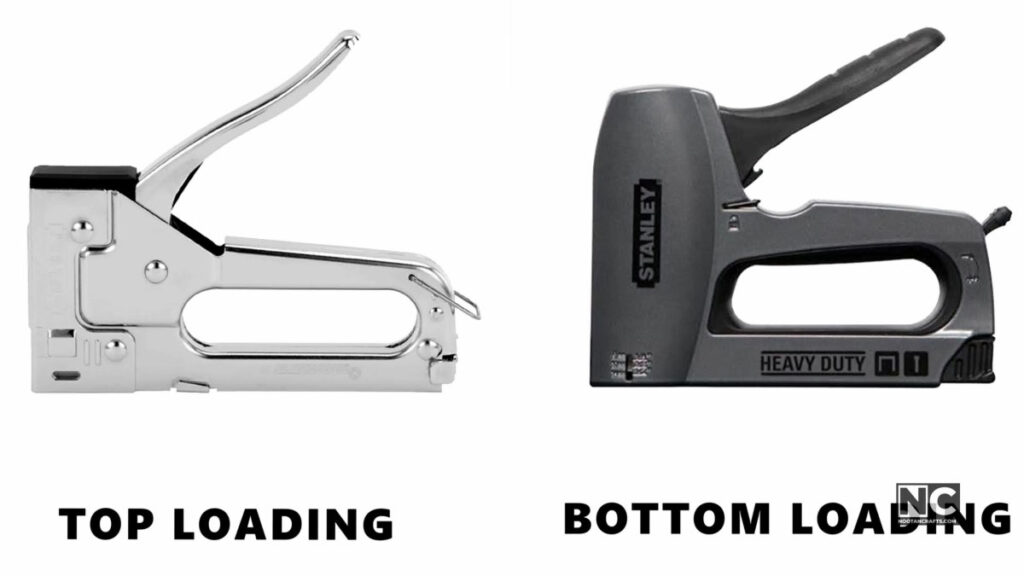
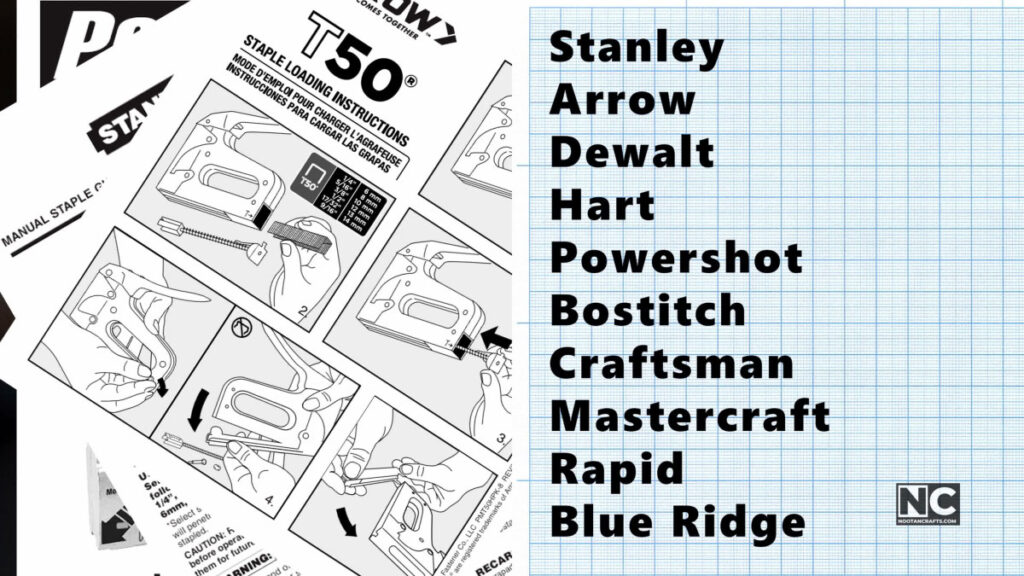
According to my research, there are mainly two types of staple guns from the perspective of replacing/putting staples. I have reviewed several brands’ user manuals, including Stanley, Arrow, Dewalt, Hart, Powershot, Bostitch, Craftsman, Mastercraft, Rapid, and Blue Ridge. What I found is that most of the brands now use the bottom-loading mechanism in their latest product. In contrast, the top loading mechanism is found in the older machines. You have to figure out which type of mechanism your machine has.
1. Top Loading: This method is usually found in older models; you must follow these instructions.
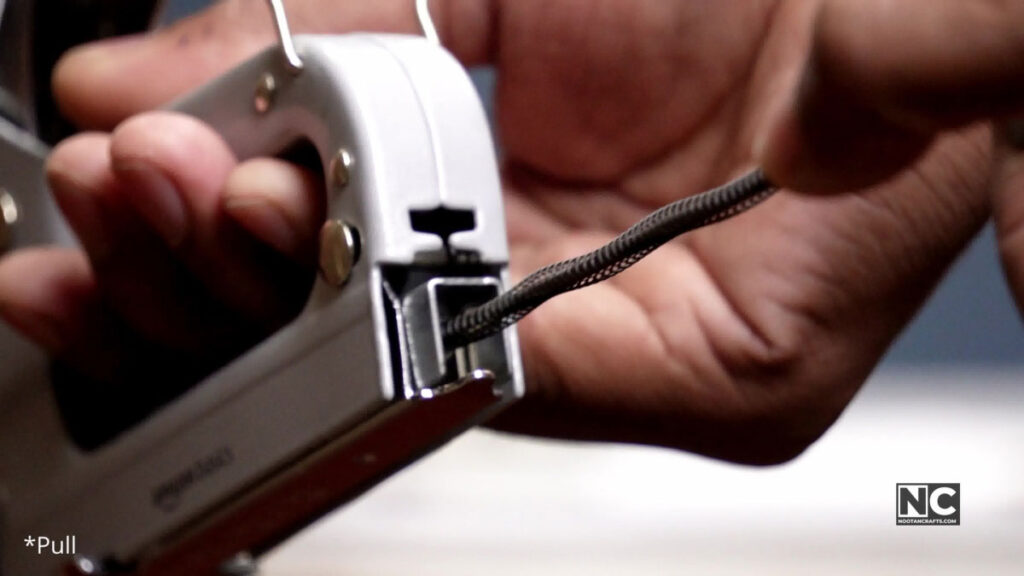
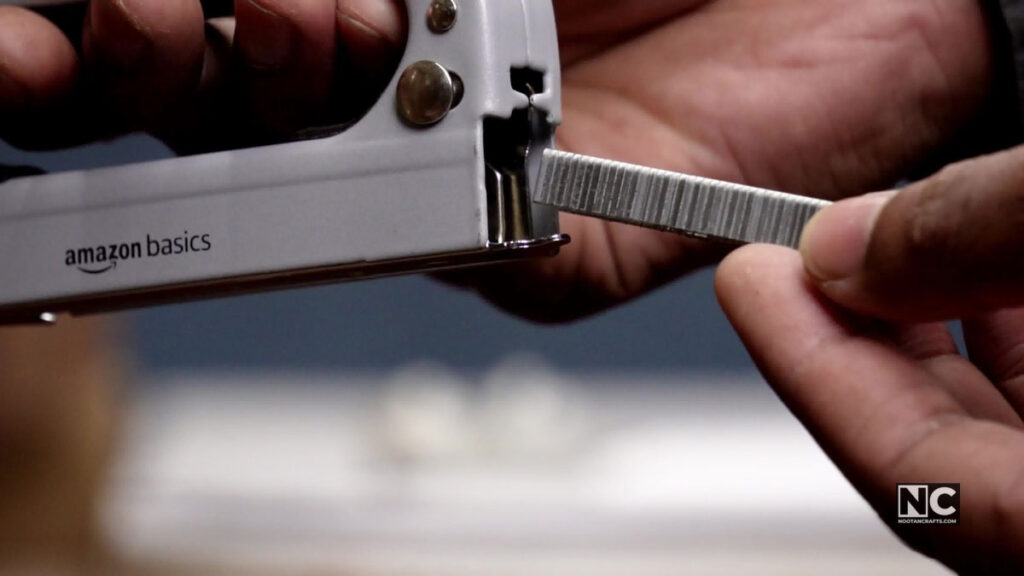
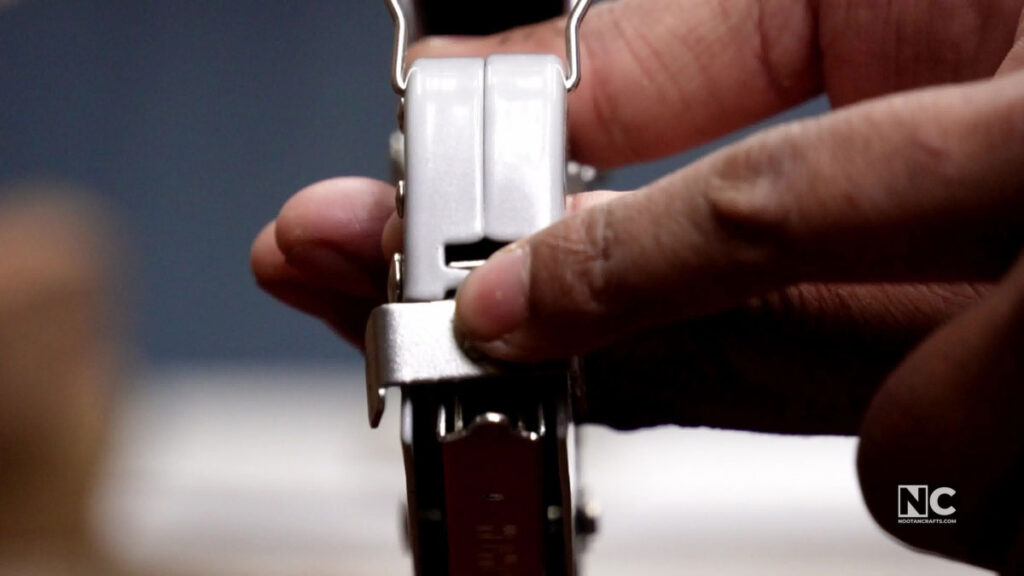
- First, locate a loading latch located on its backside.
- Now press it, move it downward, and release it.
- Put the loading latch out.
- Put the staples in the channel.
- Insert the latch, push, and move it upward.
2. Bottom loading: It’s found in modern machines, and it’s a relatively more straightforward method. Here is how to replace staples in a newer staple gun.
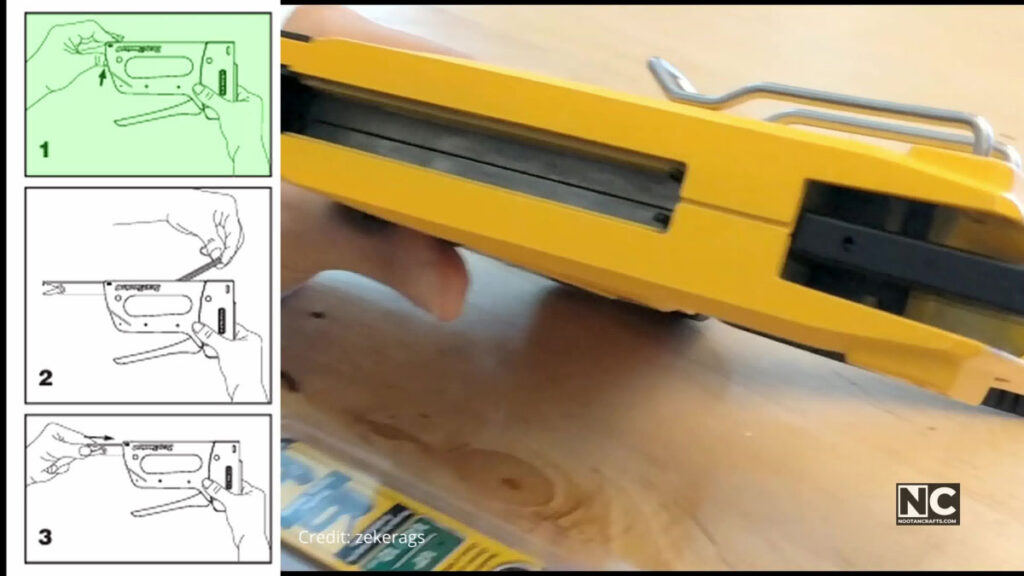
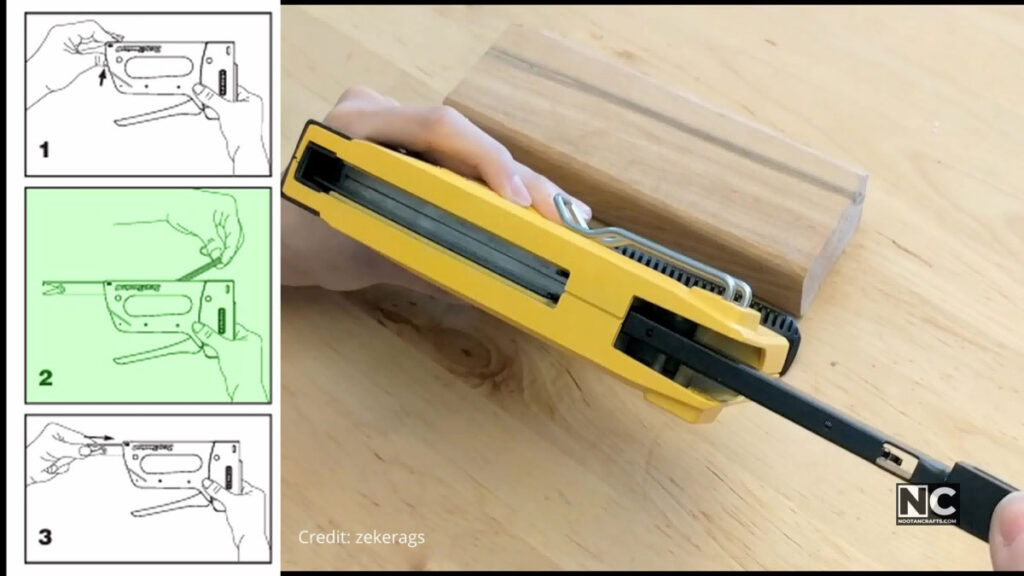
- First, hold the gun upside down.
- Release the loading latch by pinching its backside and pulling it out.
- Now load the staples in the bottom channel and keep the legs pointing up.
- Close back the latch by pressing it. Make sure its latch engages appropriately.
Now, the gun is ready for work.
Efficient Operation Techniques:
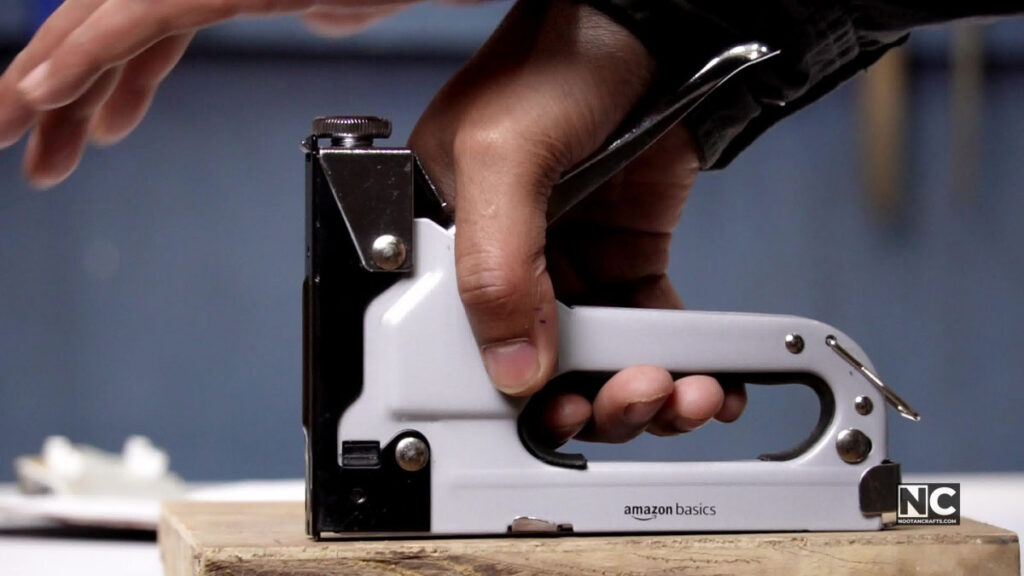
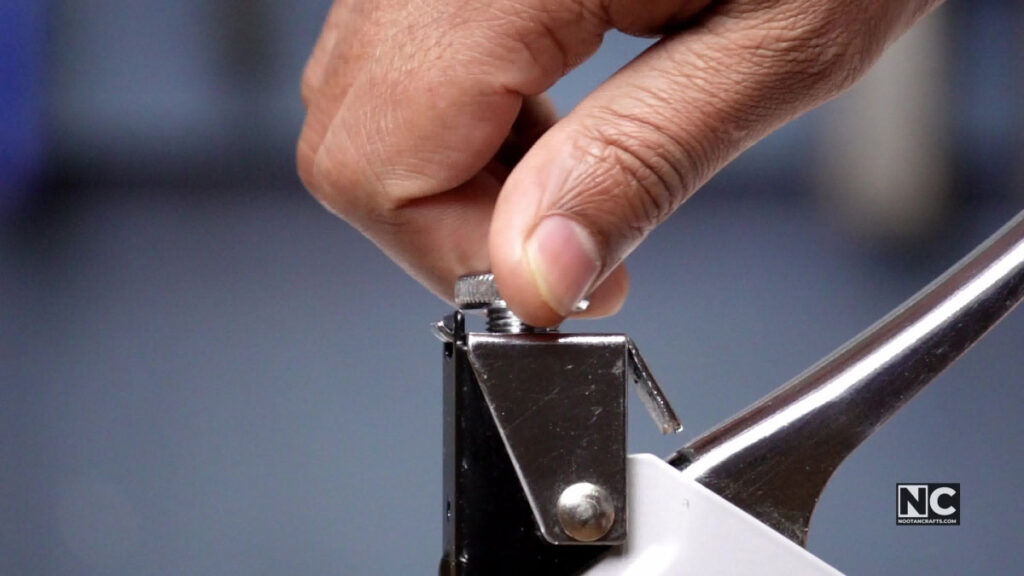
First, keep a firm grip on the handle. Moreover, put some pressure on the machine downward. It not only ensures control but also helps prevent any unexpected mishaps. Position your hand away from the staple exit point to avoid accidents – safety first.”
Adjust the staple depth setting according to the thickness of your material. If it’s too shallow, the staples won’t hold; too deep, and you risk damaging the surface. Finding that sweet spot ensures your staples go in smoothly and securely.
Always work in a well-lit area to ensure the best results and avoid injury.
Versatility of Staple Guns:

Whether you’re into DIY projects, woodworking, or crafting, a staple gun is your all-in-one solution.
First, staple guns are commonly used to fix carpets to the floor and walls. It’s helpful to make a soundproof room.
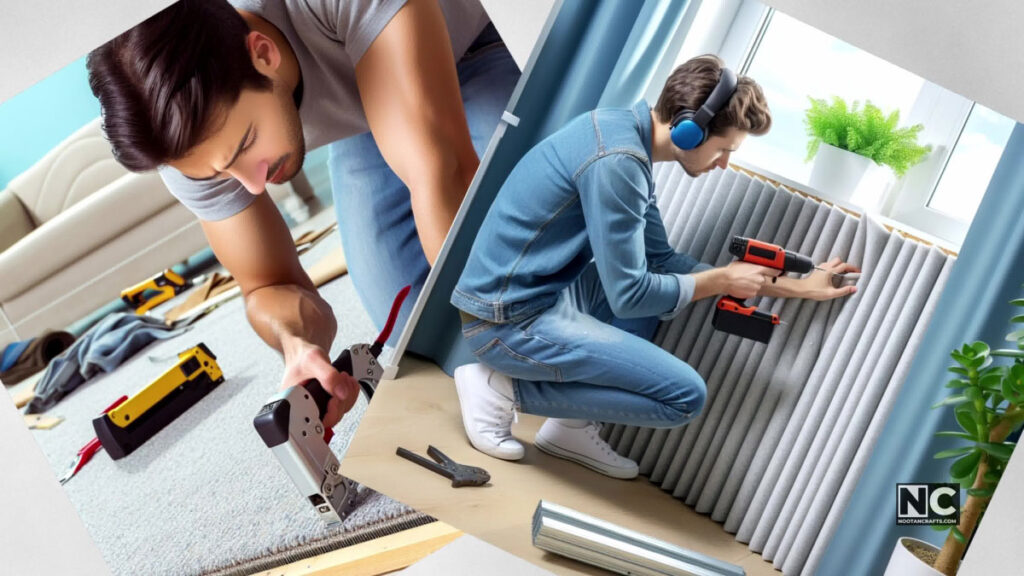
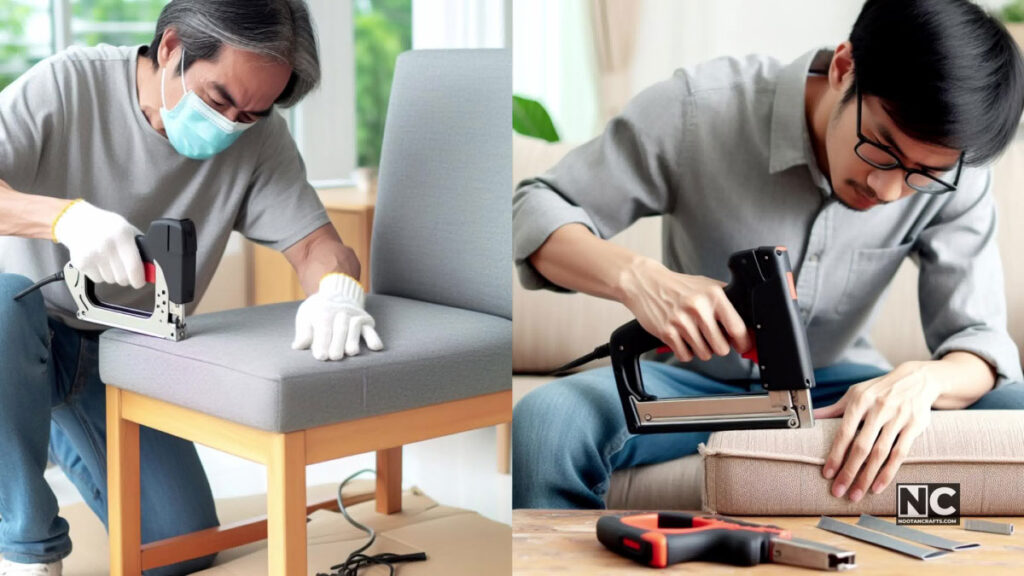
Second, staple guns are the perfect choice for tightening fabric on sofas or chairs in upholstery to create a neat and crease-free covering.
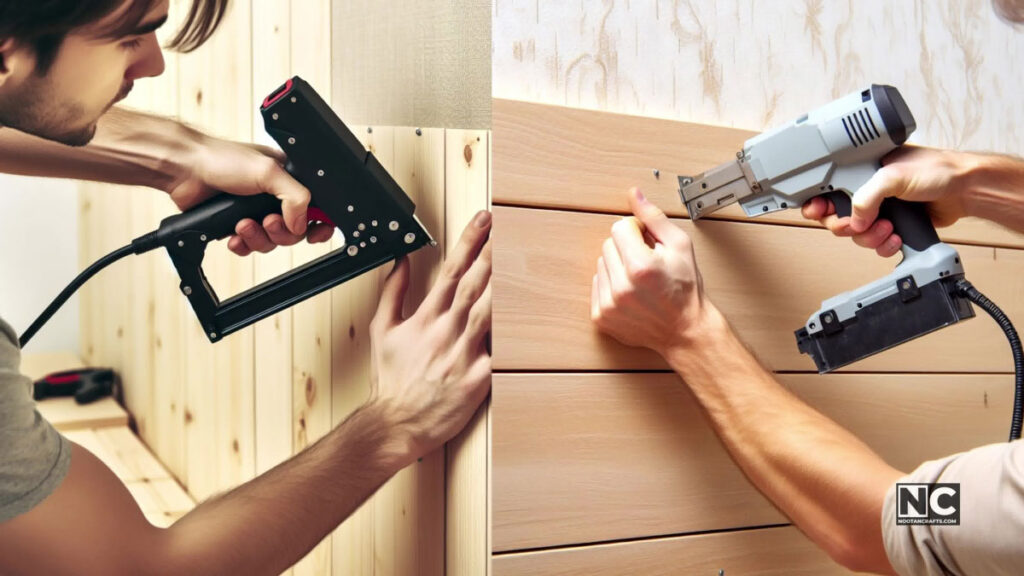
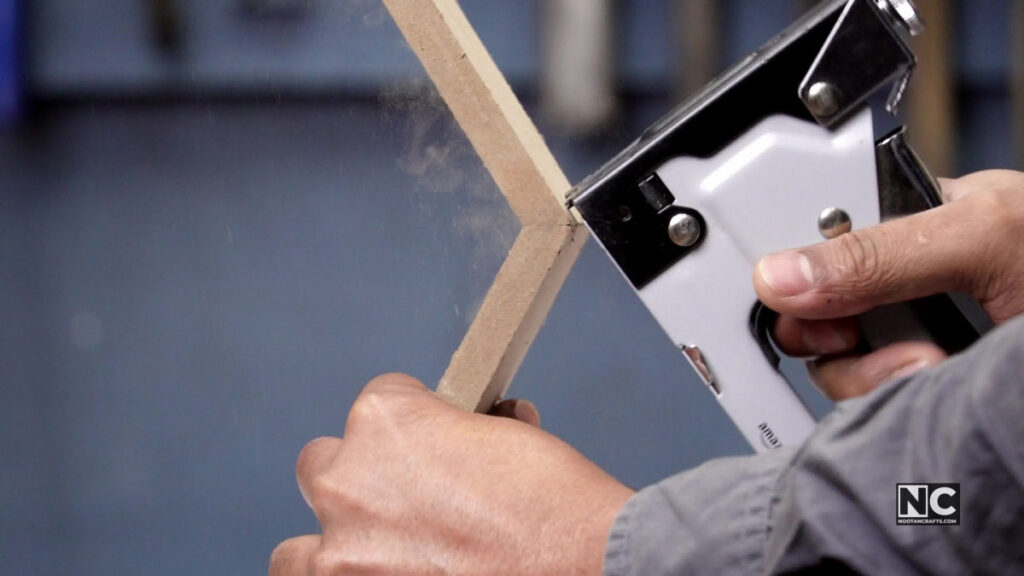
Next, staples guns are ideal for various home repair jobs and carpentry projects. Whether you’re fastening wood panels or boards or dealing with fabric materials, a staple gun is your go-to tool.
Staple guns are also helpful in decorating. You can easily make a frame for your artwork or replace a window or door frame.
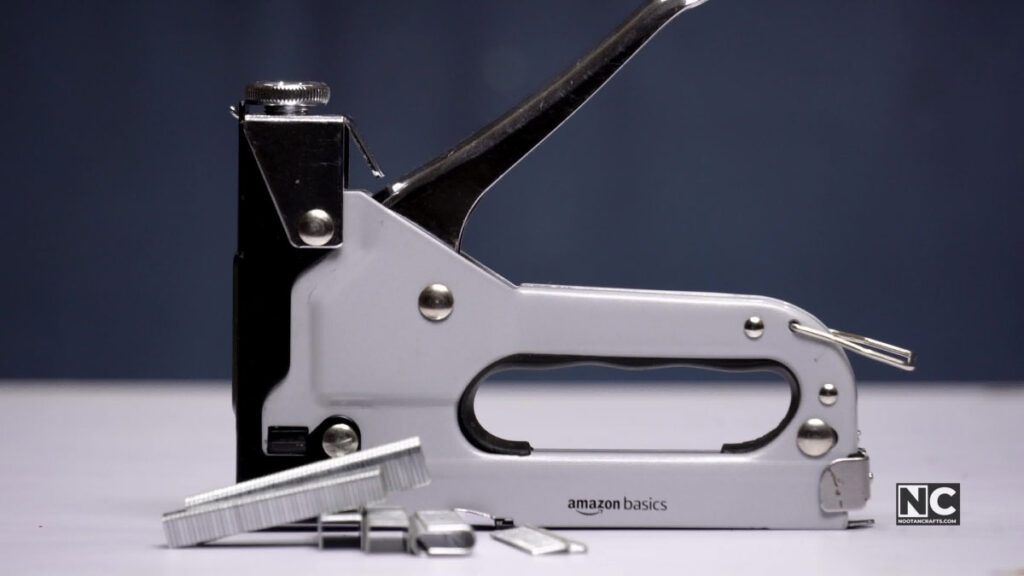


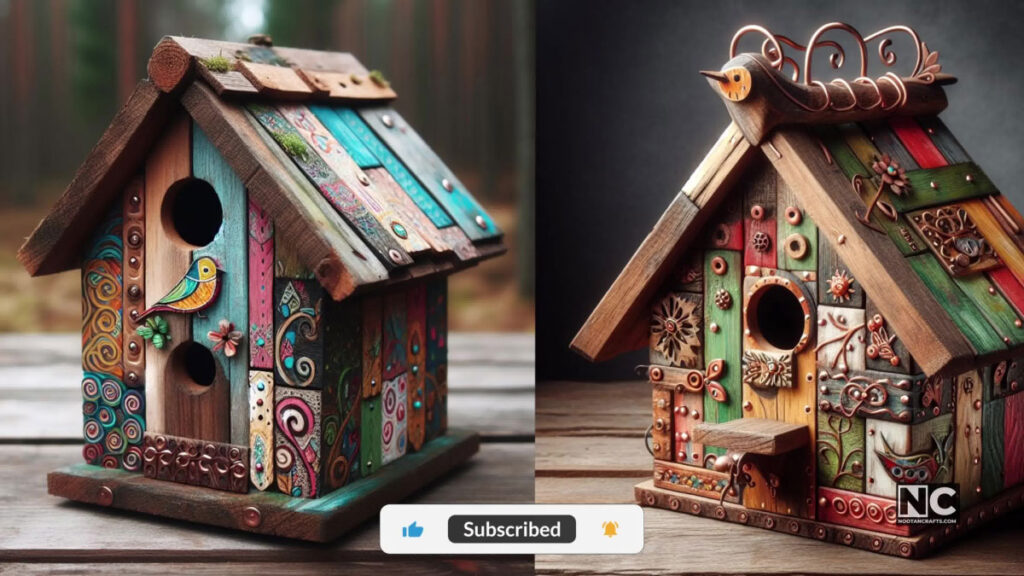
This versatile tool is also used in construction, from building a birdhouse to large-scale projects. However, in construction, only electric or pneumatic guns are used because they support heavy-duty staplers.
Troubleshooting Common Issues
Here are some common issues with their solutions that you may encounter with staple guns.
Q1: Why are my staples not holding securely?
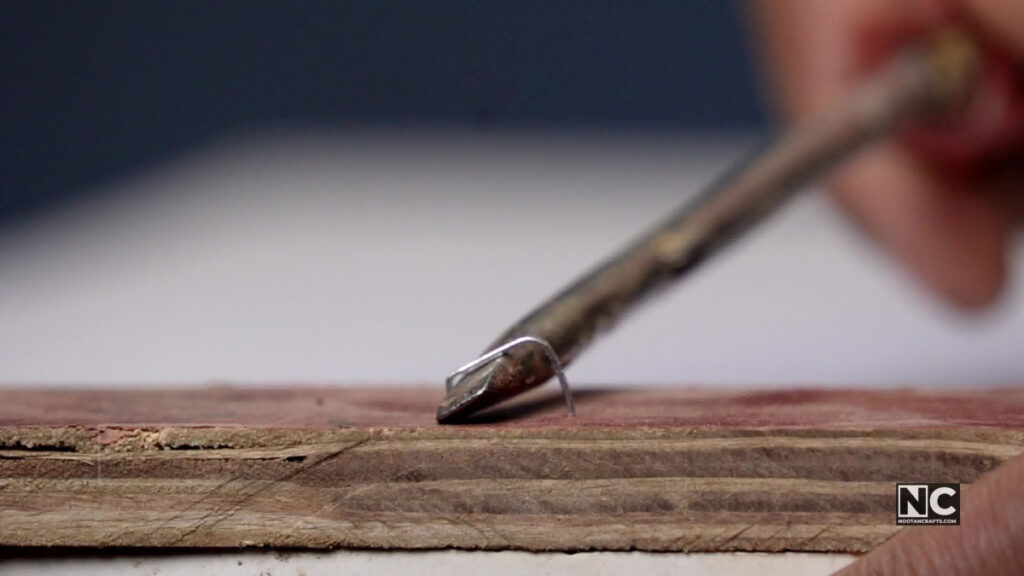
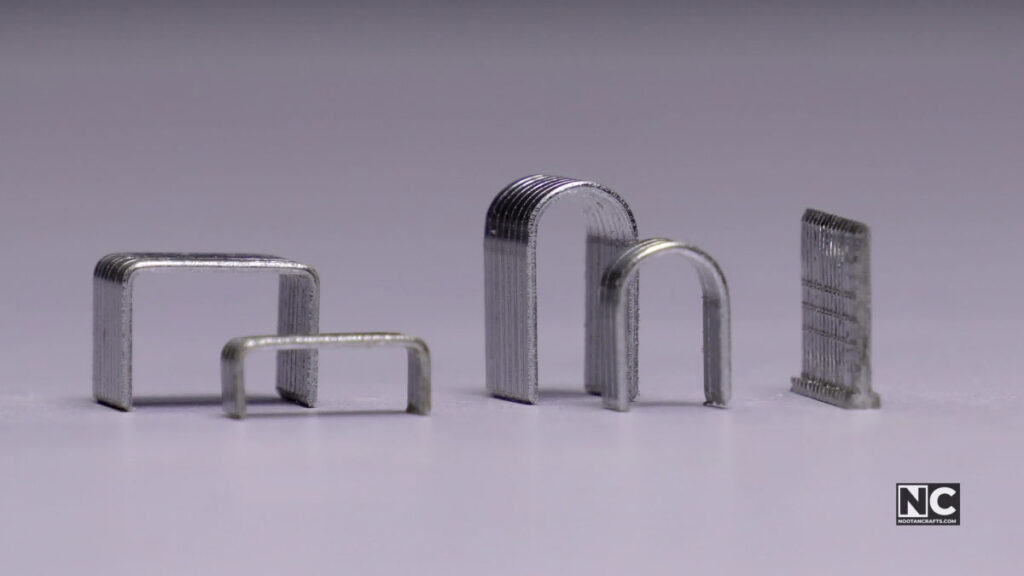
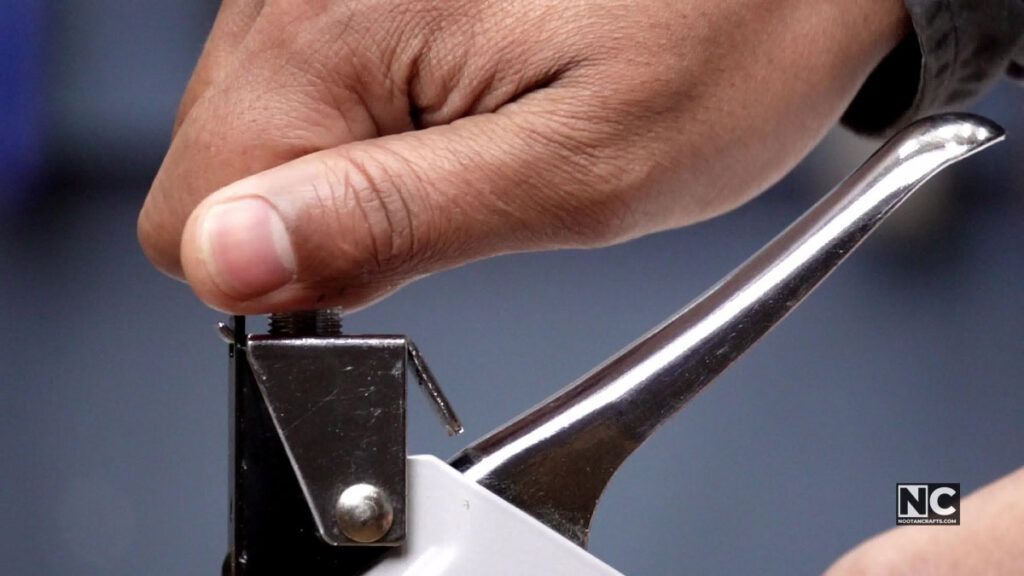
A: Ensure you’re using the correct staple type and size for the material. Also, adjust the staple depth setting to ensure proper penetration.
Q2: What should I do if my staples aren’t penetrating the material?
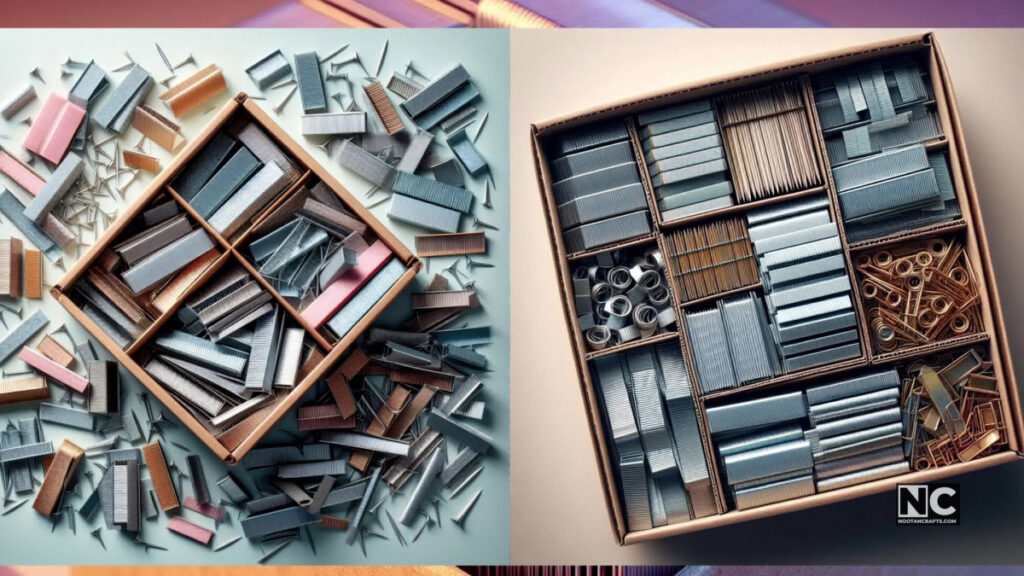
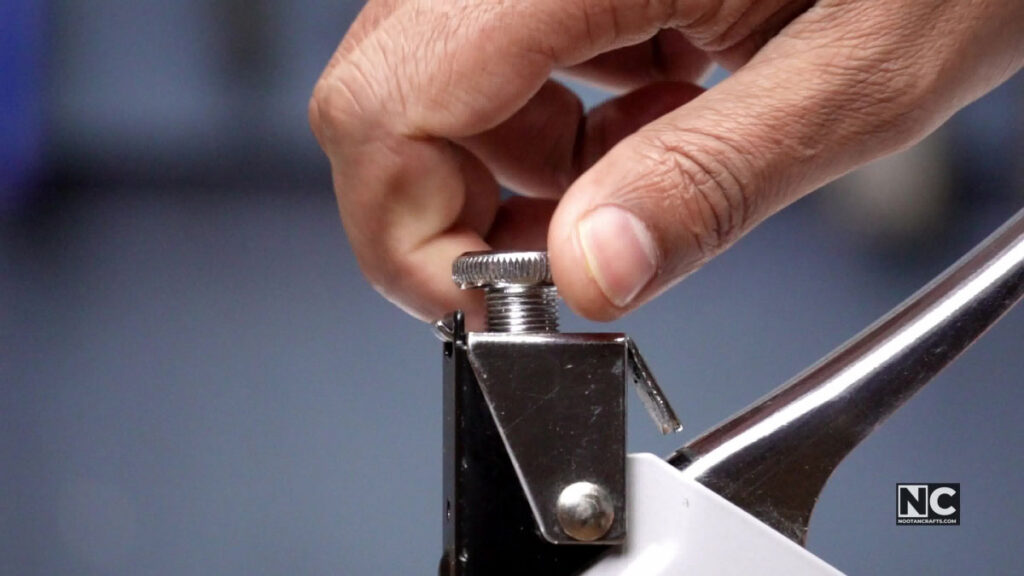
A: Check if you’re using the right size and type of staples for the material thickness. Adjust the staple depth setting if necessary.
Q3: Why does my staple gun keep jamming?
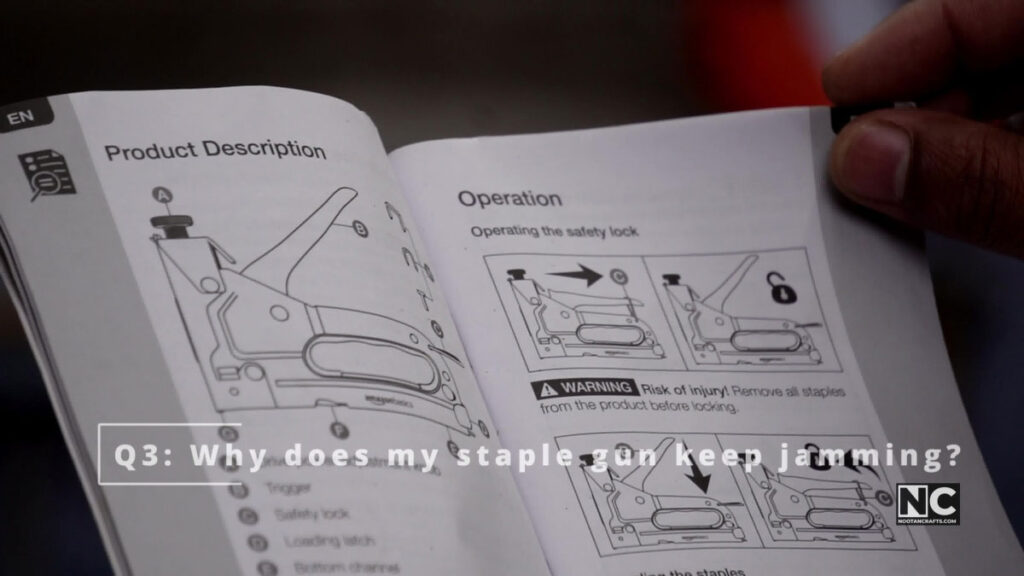
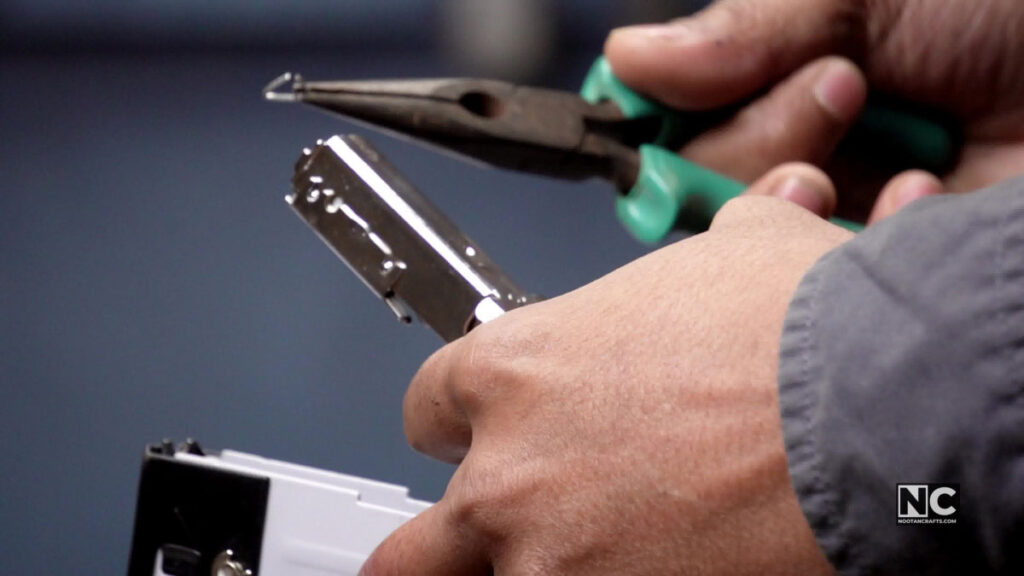
A: Clear any jammed staples by following the manufacturer’s instructions. Check for damaged or bent staples that might be causing the jam. Ensure the staple gun is lubricated if required.
Q4: What causes staples to bend or break during use?
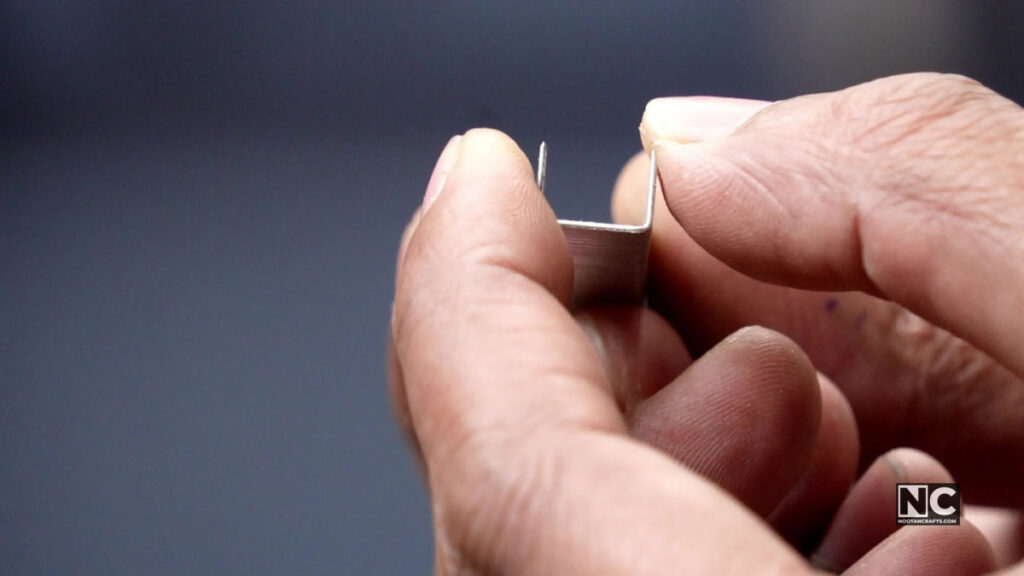
A: Check the staple material and use high-quality staples to prevent bending. Adjust the staple depth setting to avoid excessive force.
Conclusion
Thank you so much for reading till the end; hopefully, I have provided some value to you.
I recently started this blog and channel to improve and share my DIY knowledge. If you’re interested, join me and subscribe to my YouTube Channel. Thanks again; until next time, Keep Crafting!


